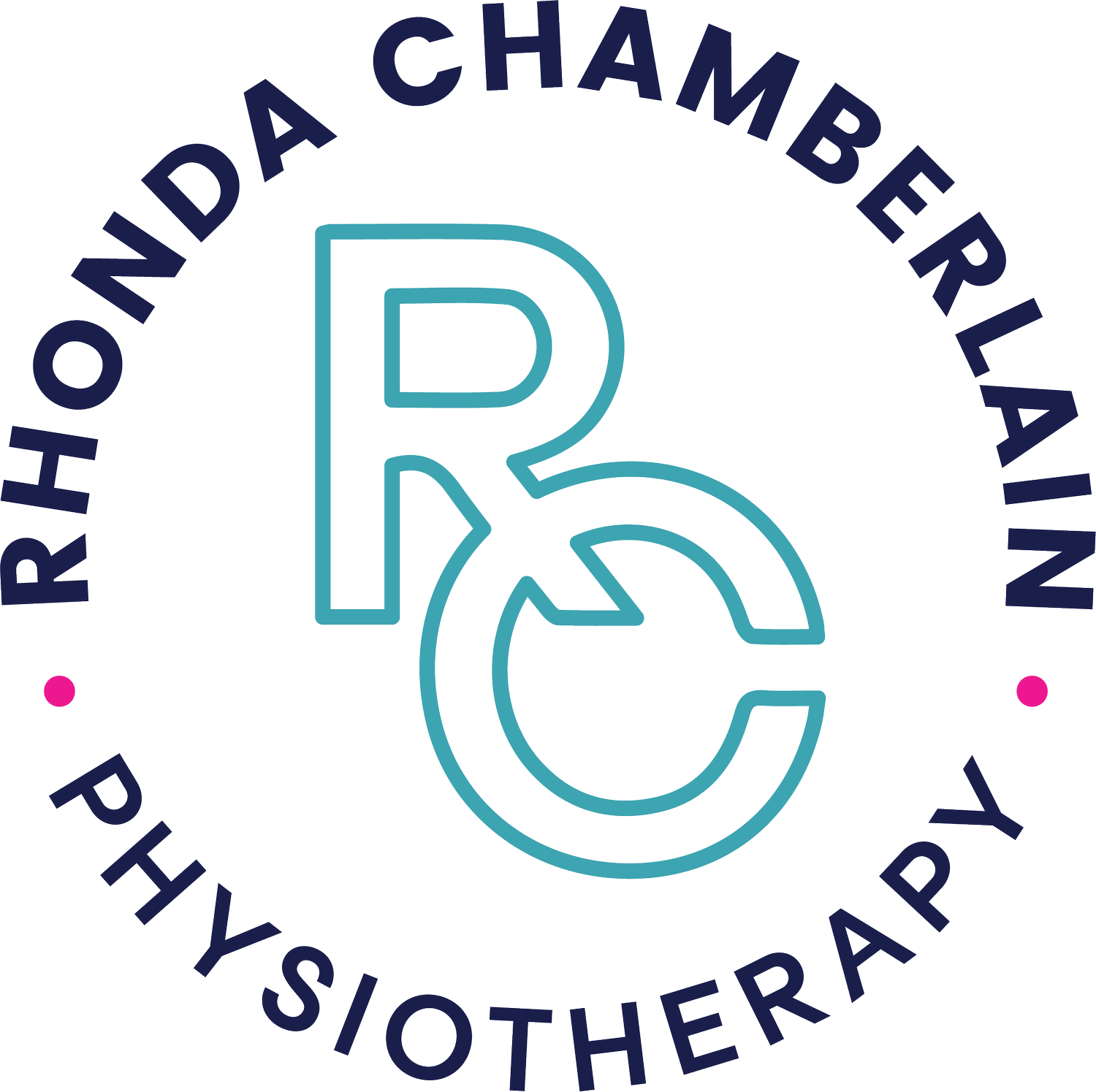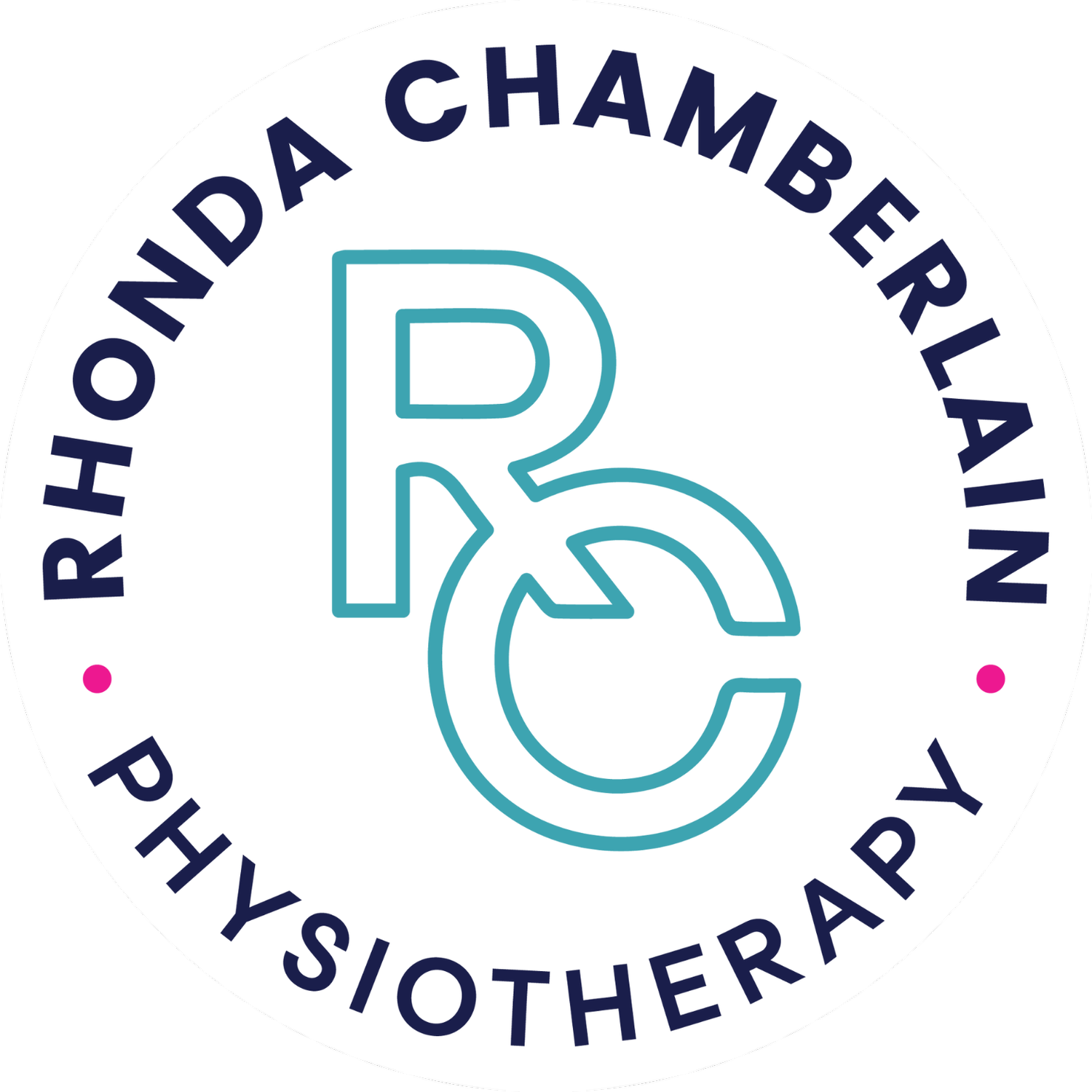How do I know if I have a diastasis?
First of all, you may be wondering...
WTF is Diastasis? (also known as "mommy tummy" or "mommy pooch" on the interwebs)
Diastasis recti is the normal and necessary separation of the two sides of the rectus abdominal muscles (your “6-pack” muscles).
Diastasis recti occurs in nearly 100% of women by the 3rd trimester of pregnancy. This is a process that needs to happen to make room for baby!
The fascia that holds this group of muscles together is called the linea alba. The linea alba is made up of connective tissue that is designed to stretch!
The distance of separation is often measured using finger width or cm. A 2-3 finger width/cm separation is considered normal and is nothing to be concerned about.
For many women the separation heals naturally 6-8 weeks postpartum. For some women, the gap remains beyond 8-weeks postpartum and even years postpartum. This does not need to be regarded as a bad thing!
What research is beginning to show is do not worry about the size of the gap!
The focus should be on learning how to build tension in the linea alba and abdominal muscles leading to increased density of the tissue.
This doesn’t mean start doing a million crunches a day.
Rehabbing your abdominal muscles should be done so in a deliberate and progressive manner.
How do I know if I have a diastasis?
Here is a link to a helpful video for how to perform a self-assessment
*If you find a gap larger than 3 finger widths, please don't panic! This is just information, and there is still so much you can do to build strength in your core!
Here's what you can do next (whether you have a gap or not):
Book in with a pelvic floor physiotherapist or postpartum fitness coach if you have the means to help guide you in your core building journey. Check out this global directory to find a pelvic floor physiotherapist near you!
If that is not feasible for you, try these 4 exercises below...
4 exercises to build a stronger core:
Umbrella breathing + core connection breathing - learning to pair your breathing with contracting your pelvic floor is a great early skill to learn to build a base of strength for your core!
-Try to practice this 2-3 times daily (a great idea is to pair it with feeding your little one).
Bird dog - this is a great way to begin building your core without overdoing it postpartum. Find a level of this exercise that challenges you a bit, but that you can keep good balance.
-Try 5-10 reps each side, 1-2 sets, 3 times a week
Incline plank - when you're just starting to build back strength in your core, a full plank may be too challenging to dive right into. An incline plank is a great way to slowly ease back into this movement.
- Try a 5-10 second hold, 2-3 sets (with a 10s rest in between), 3 times a week
- Progress to a lower incline or to the floor when the incline becomes easy and there's no sign of coning/ doming
Quadruped hover - this is a great intermediate exercise to try before building to a full plank on the ground. It's more challening than it looks, so start small!
- Try a 2-5 second hold to start, 2-3 sets (with a 10s rest in between), 3 times a week
-Progress to a longer hold when you can do 2-5 seconds without too much shaking/ breath holding/ or coning/ doming
Want more info about diastasis?
Would you appreciate having support to build a stronger core postpartum?
About the Author
Rhonda Chamberlain (PT) is a mom to 2 girls, physiotherapist and postpartum fitness coach.
She helps busy moms return to exercise with realistic, sustainable fitness plans that they can FINALLY stick with!
She has been practicing as a physiotherapist since 2010. She started her own virtual physiotherapy and fitness coaching business in May 2020 with a focus on postpartum women.
She attained her Pregnancy and Postpartum Athleticism (P&PA) Coach Certificate in March 2020 and she has continued to learn and expand into this specialty since.
Her mission is to help busy moms return to exercise feeling supported and encouraged. She can help you to ditch the all-or-nothing mindset and show you that it is possible to fit exercise into your busy #momlife!



